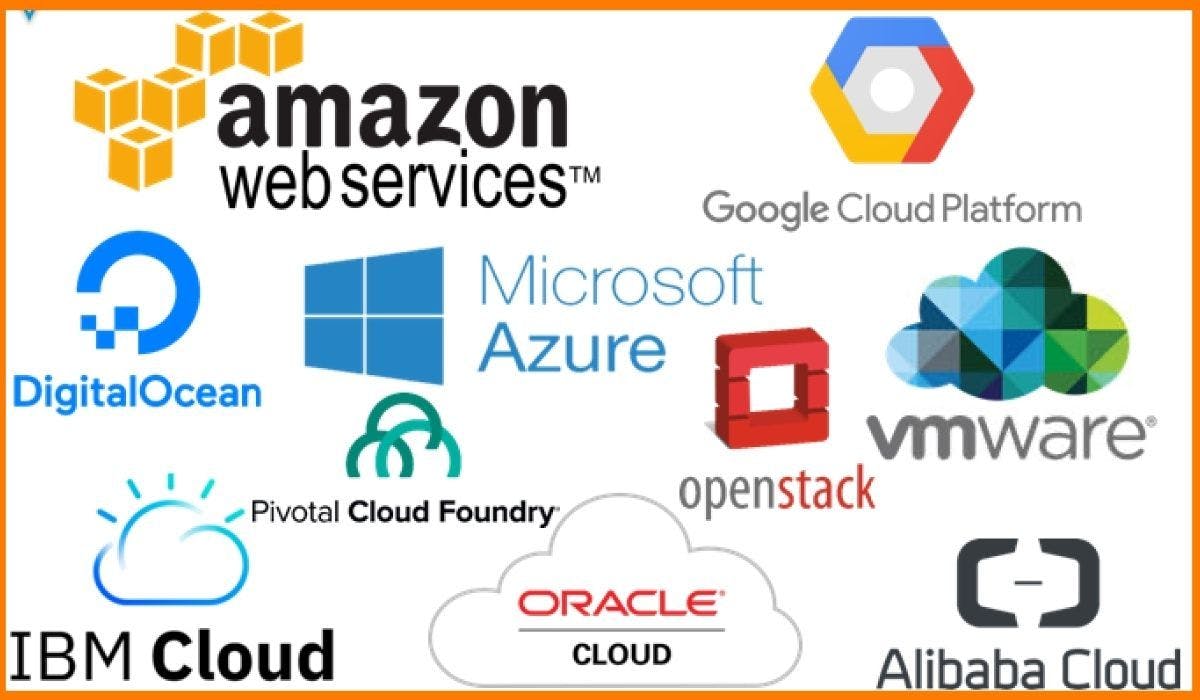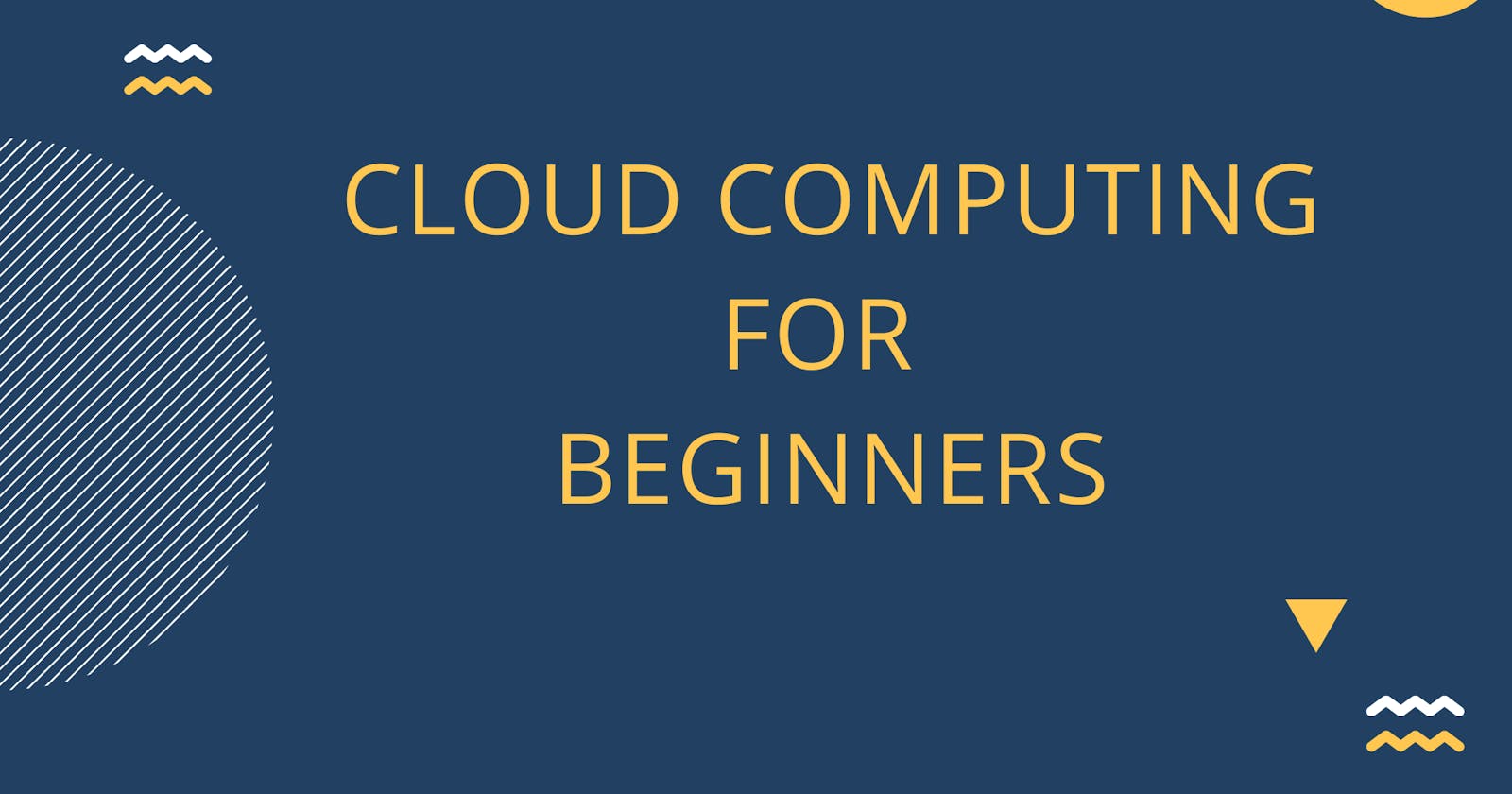Introduction
In this article, you will learn about cloud computing, its benefits, cloud service models and cloud deployment models.
Let's have a backstory to pre-cloud computing days😀
As a developer, you have built an application for a vet clinic and it can only be viewed on your local computer currently. To make the application accessible to users on their own devices either phones or laptops in order to learn more about the business and potentially book appointments for their pets.
The typical way to deploy the application is to assemble multiple computers as a server to provide the compute, network and database resources to deliver your application over the internet to your users.
Quite simple right? This works fine.
As your application's demand/traffic increases, you need to add more servers to meet the growing demand. This will take a while to buy and assemble the server. On the other hand, you are losing out on sales from the high demand because your existing server can meet the growing demand. In the low period, you won't fully utilise your server resources yet you are spending on managing the servers.
This approach is so much work and not sustainable. Cloud computing simplifies the building and deployment of your application
What is Cloud Computing?
Cloud computing is the on-demand availability of IT resources over the internet. Cloud computing is a service that allows you to access computing resources like compute, databases and others over the internet(cloud).
Cloud computing is the delivery of services and IT resources over a network protocol, the internet just when you need it - without purchasing and maintaining a physical server. You only pay for the resources you use per time.
Why Cloud Computing?
The benefits of using cloud-based resources include:
Reduced IT Costs
Cloud computing allows you to trade the upfront capital expenses of buying hardware and software to set up a physical server and the IT professionals to manage the infrastructure with variable expenses.
Agility
Most cloud resources are readily available on-demand. You can provision resources in minutes, typically with a few mouse clicks and start building.
Elasticity
You can provision the right amount of IT resources just when they are needed. You can scale these resources up or down to grow and shrink as the demand requires change instantly. You don't need to purchase additional physical servers to handle peak periods.
Go global in minutes
With the cloud, you can expand your services to new geographic locations and deploy in minutes. With this, your application is in close proximity to your users and provides an improved experience.
Cloud Service Models
There are three main categories of cloud services models:
- Infrastructure as a Service(IaaS)
- Platform as a Service (PaaS)
- Software as a Service (SaaS)
Infrastructure as a Service
Infrastructure as a Service is a cloud service model that delivers on-demand compute(virtual machines), network and storage resources over the internet. This model is similar to the traditional IT environment- you have total control over the infrastructure and IT resources.
Platform as a Service
With Platform as a Service model, you don't have to worry about the underlying infrastructure your application runs on when deployed. The cloud provider is in charge of creating and maintaining the infrastructure. All you have to do is build and manage your applications.
Software as a Service
The Software as a Service(SaaS) model allows you to use software applications that are built and managed by the cloud provider. You only need to use the application with no worries about the underlying infrastructure, tech stack and others.
Cloud Deployment Models
There are three different ways to deploy a cloud service model
Private Cloud
Private Cloud is designed to be used by only one organization at an on-premises data centre or an external data centre. The private cloud is not shared with other users. The organization has total control over the data centre and its management.
Public Cloud
Public cloud introduces multi-tenancy to delivering IT resources over the public internet to different tenants. A datacentre is partitioned into isolated virtual machines for each tenant. The cloud service provider is in charge of hardware maintenance, security and other needs to maintain a physical data centre.
Hybrid Cloud
Hybrid cloud combines an on-premises data centre (private cloud) and a public cloud to share data and resources between them.
Cloud Service Providers

A Cloud Service Provider is a company that provides IT resources like compute, networking, storage and others over the internet with a pay-as-you-go pricing. The services can be Infrastructure as a service(IaaS), Platform as a Service(PaaS) and Software as a Service (SaaS). Cloud Service Providers have physical facilities that house data centres.
Popular cloud service providers include Amazon Web Services (AWS), Microsoft Azure, Google Cloud Platform and DigitalOcean.
Resources
You have learnt the basics of cloud computing. You can take it a step forward by using these resources to learn more about a major cloud service provider and its services. You can even get certified in cloud computing.
Conclusion
I hope this article gave you a clear introduction to cloud computing. Using the resources above will help you grasp the fundamentals better.
Thanks for reading😀
